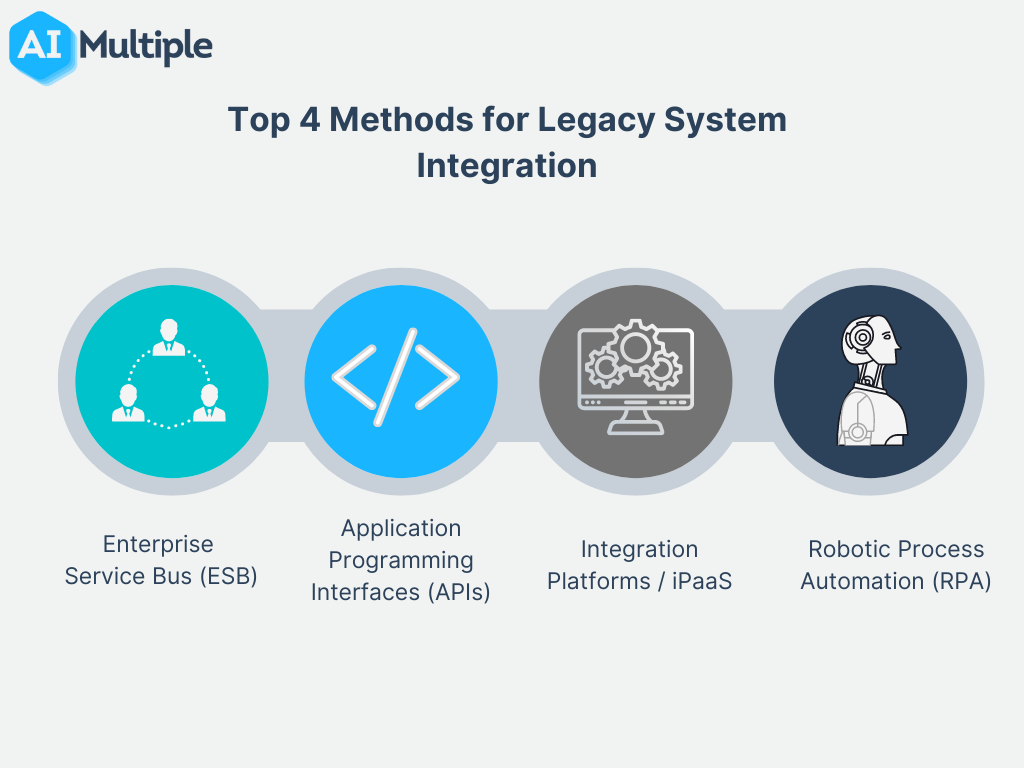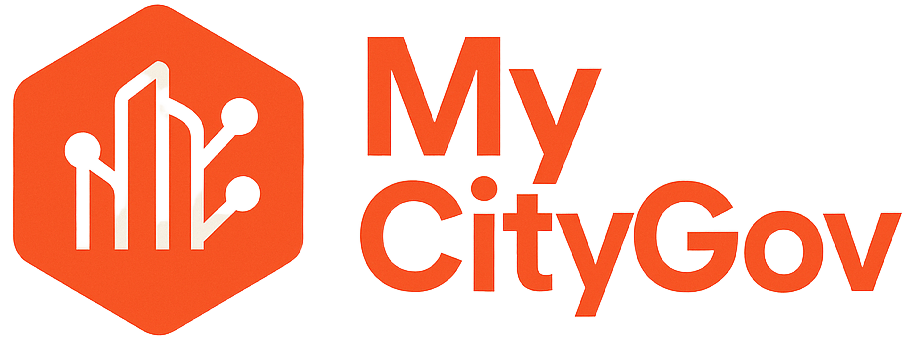
As an IT director or city administrator, you’re likely facing the mounting pressure of maintaining aging technology infrastructure while trying to deliver modern services to your constituents. In today’s rapidly evolving digital landscape, legacy government systems have become more than just an inconvenience—they’re a significant financial liability that threatens your municipality’s security, efficiency, and ability to serve the public effectively. This comprehensive guide will walk you through the hidden costs of outdated systems and provide you with the data-driven arguments needed to secure funding for critical technology upgrades.
Understanding the True Financial Impact
The financial burden of legacy government systems extends far beyond the obvious maintenance costs. According to recent federal data, approximately 80% of the government’s $100+ billion annual IT budget goes toward sustaining existing and legacy infrastructure, leaving minimal room for innovation and strategic investment in new technologies that could enhance efficiency and security.
The Hidden Costs Adding Up
Escalating Maintenance Expenses: As technology ages, vendor support fees often increase dramatically, or support may be discontinued entirely. This forces agencies to rely on expensive third-party consultants or develop costly custom workarounds. A 2024 EY survey revealed that nearly 70% of government agencies identify legacy infrastructure as their primary hurdle for modernization, largely due to these escalating costs.
Operational Inefficiency: Fragmented workflows and the necessity for manual workarounds significantly slow down government teams and inflate labor costs. When staff must dedicate valuable hours to tasks that modern systems could automate, resources are diverted from essential public services. This inefficiency creates a cascading effect that impacts every department.

Cybersecurity Vulnerabilities: Perhaps the most critical financial risk comes from security breaches. Legacy systems are often described as a “hacker’s playground” due to their outdated security measures and unpatched weaknesses. The average cost of a data breach in the United States has surged to $9.36 million, with government organizations being particularly vulnerable due to the sensitive nature of citizen data they hold.
The Cybersecurity Crisis: A $26 Billion Problem
Between 2014 and 2022, data breaches across local, state, and federal agencies cost governments an estimated $26 billion, affecting 175 million records in 822 incidents nationwide. This staggering figure represents just the direct costs—it doesn’t account for the long-term damage to public trust and reputation.

Real-World Examples of the Cost
The 2019 Baltimore ransomware attack, which exploited weaknesses in outdated municipal systems, cost the city over $18 million in recovery expenses and lost revenue, despite refusing to pay the ransom. More recently, in July 2024, Columbus, Ohio suffered a significant ransomware attack that compromised the personal data of 500,000 individuals, leading the city council to allocate up to $7 million for system restoration, legal fees, and protective measures.
Compliance Failures and Legal Liabilities
Legacy systems often cannot meet strict cybersecurity regulations like NIST, CJIS, and HIPAA standards. Non-compliance can result in severe financial consequences:
- HIPAA violations can result in fines up to $1.9 million per violation per year
- CJIS non-compliance can lead to agencies losing access to essential federal databases
- Failure to meet NIST standards can make municipalities ineligible for critical federal and state grants
Making the Business Case for Modernization
When presenting the case for technology upgrades to budget committees and elected officials, focus on these compelling arguments:
Quantifiable Return on Investment
Modern systems deliver measurable benefits that far outweigh their initial costs:
Cost Savings: Modernization efforts at the Department of Homeland Security saved $30 million annually in operational costs alone. Cloud migration can eliminate numerous separate legacy systems—the Department of Energy consolidated 64 email systems through modernization.
Improved Efficiency: Automated workflows can dramatically reduce processing times. For example, one agency reduced victim certification time from six weeks to three weeks while serving twice as many people without increasing budget or staffing.
Enhanced Security: Modern systems provide robust cybersecurity measures that legacy systems simply cannot match, potentially saving millions in breach-related costs.

The Opportunity Cost of Inaction
Every day your municipality delays modernization, you’re missing opportunities for:
- Digital innovation that could improve service delivery
- Competitive advantages that modern, agile systems provide
- Enhanced citizen satisfaction through improved online services
- Better data-driven decision making capabilities
Overcoming Common Objections
“We Can’t Afford the Upfront Investment”
Frame the discussion around the total cost of ownership. While modern systems require initial investment, they typically result in lower long-term costs due to:
- Reduced maintenance expenses
- Lower cybersecurity risks
- Improved operational efficiency
- Elimination of redundant systems
“Our Current System Still Works”
Challenge this perception by highlighting:
- The increasing cost of maintaining aging infrastructure
- Growing cybersecurity vulnerabilities
- Inability to integrate with modern tools and services
- Staff frustration and productivity losses
“Change is Too Risky”
Emphasize that maintaining the status quo is actually the riskier option:
- Legacy systems are more vulnerable to cyberattacks
- Vendor support is diminishing or disappearing
- Compliance requirements are becoming harder to meet
- Public expectations for digital services continue to rise
Building Your Implementation Strategy
Start with a Comprehensive Assessment
Document your current technology landscape, including:
- Age and condition of existing systems
- Annual maintenance and support costs
- Security vulnerabilities and compliance gaps
- Staff time spent on manual workarounds
- Citizen complaints related to outdated services
Develop a Phased Approach
Present a realistic timeline that:
- Prioritizes the most critical systems first
- Allows for gradual staff training and adaptation
- Demonstrates quick wins to build momentum
- Spreads costs across multiple budget cycles
Leverage Available Funding
Take advantage of special programs like:
- The Technology Modernization Fund (TMF)
- American Rescue Plan funding for IT upgrades
- State and federal grants for cybersecurity improvements
- Public-private partnership opportunities
Measuring Success and Demonstrating Value
Once you’ve secured approval for modernization, establish clear metrics to demonstrate success:
- Performance Metrics: Track improvements in processing times, system uptime, and user satisfaction
- Financial Metrics: Monitor cost savings from reduced maintenance, improved efficiency, and avoided security incidents
- Security Metrics: Measure improvements in vulnerability assessments and compliance scores
- Citizen Satisfaction: Survey residents about their experience with digital services
Next Steps for Your Municipality
The evidence is clear: the cost of maintaining legacy government systems far exceeds the investment required for modernization. By presenting a data-driven case that emphasizes both the risks of inaction and the benefits of upgrade, you can secure the support needed to move your municipality forward.
Start by conducting a thorough assessment of your current systems and their true costs. Document the inefficiencies, security risks, and missed opportunities that legacy technology creates. Then, develop a comprehensive modernization plan that addresses these challenges while demonstrating clear return on investment.
Remember, this isn’t just about technology—it’s about your municipality’s ability to serve citizens effectively, protect their data, and remain competitive in an increasingly digital world. The question isn’t whether you can afford to modernize; it’s whether you can afford not to.
Ready to modernize your municipal technology infrastructure? Contact mycitygov.com for a free consultation and discover how we can help transform your digital operations while ensuring security, compliance, and improved citizen services. Our experienced team specializes in helping local governments navigate complex technology transitions and achieve measurable results.
